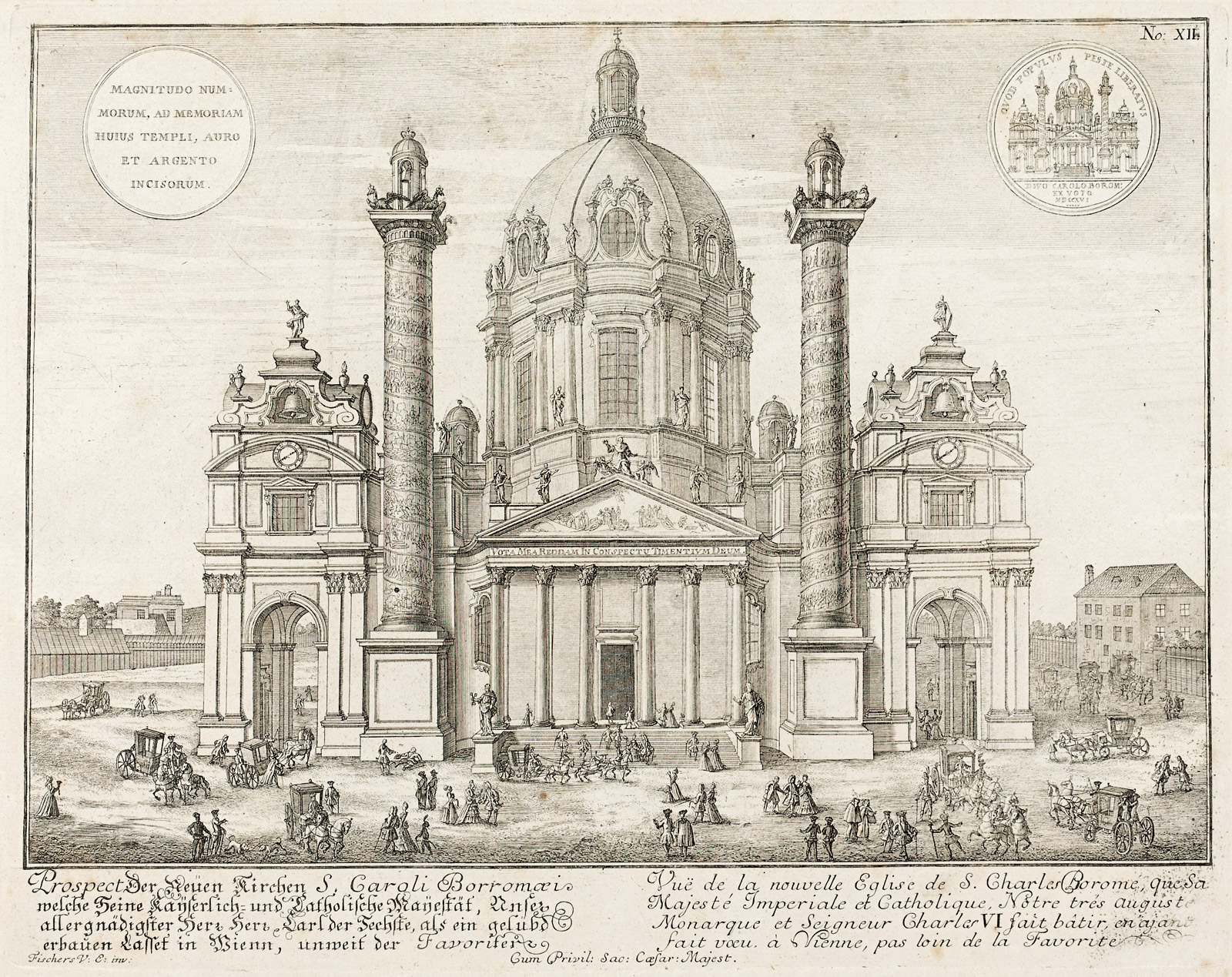Friedrich Schiller, “Was heisst und zu welchem Ende studiert man Universalgeschichte?” Jena (1789).
Reinhart Koselleck et al., “Geschichte, Historie,“ in Geschichtliche Grundbegriffe 2 (Klett-Cotta, 1975), 539–717; Niklas Luhmann, “Weltzeit und Systemgeschichte. Über Beziehungen zwischen Zeithorizonten und sozialen Strukturen gesellschaftlicher Systeme,” Soziologische Aufklärung 2 (Westdeutscher Verlag, 1975), 103–133. See also: Aloys Winterling, “Antike Antike. Zu Temporalisierungen des griechisch-römischen Altertums,” in Die Präsenz der Antike in der Architektur, eds. Andreas Beyer and Andreas Tönnesmann (Berlin: de Gruyter, forthcoming).
Eberhard Hempel, Baroque Art and Architecture in Central Europe (New York: Viking Adult, 1977), 90.
Hanno-Walter Kruft, Geschichte der Architekturtheorie (München: Verlage C.H. Beck, 2013), 205–207.
Jean Mondain-Monval, Soufflot: Sa Vie, Son Oeuvre, Son Esthetique (Paris: Alphonse Lemerre, 1918), 104.
Susanne Lang, “The Early Publications of the Temples at Paestum,” Journal of the Warburg and Courtauld Institutes 13, 1/2 (1950), 48–64.
Andrea Palladio, Die Vier Bücher zur Architektur. Nach der Ausgabe 1570, trans. Andreas Beyer und Ulrich Schütte, (Zürich/München: Verlage für Architektur Artemis, 1983).
M.T. Franco, “Tra conservazione e restauro: progetti tra Otto-Novecento per opere palladiane,” in Andrea Palladio. Il testo, l’immagine, la città, catalogo della mostra, ed. Lionello Puppi (Milano: Electa, 1980), 93–94.
The Humboldt Forum, which Italian architect Franco Stella and his collaborator Michelangelo Zucchini are going to complete soon, will teach us a lot about contemporary handling of historical architecture. See Andreas Kilb, “Eine neue Symboldebatte um das Humboldtforum,” Frankfurter Allgemeine Zeitung (May 24, 2017), ➝.
History/Theory is a collaboration between the Institute for the History and Theory of Architecture (gta), ETH Zurich and e-flux Architecture.
